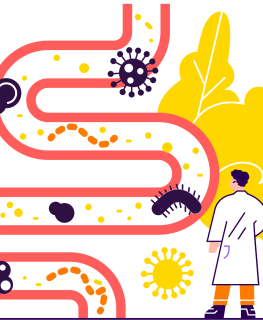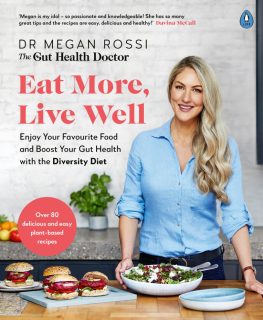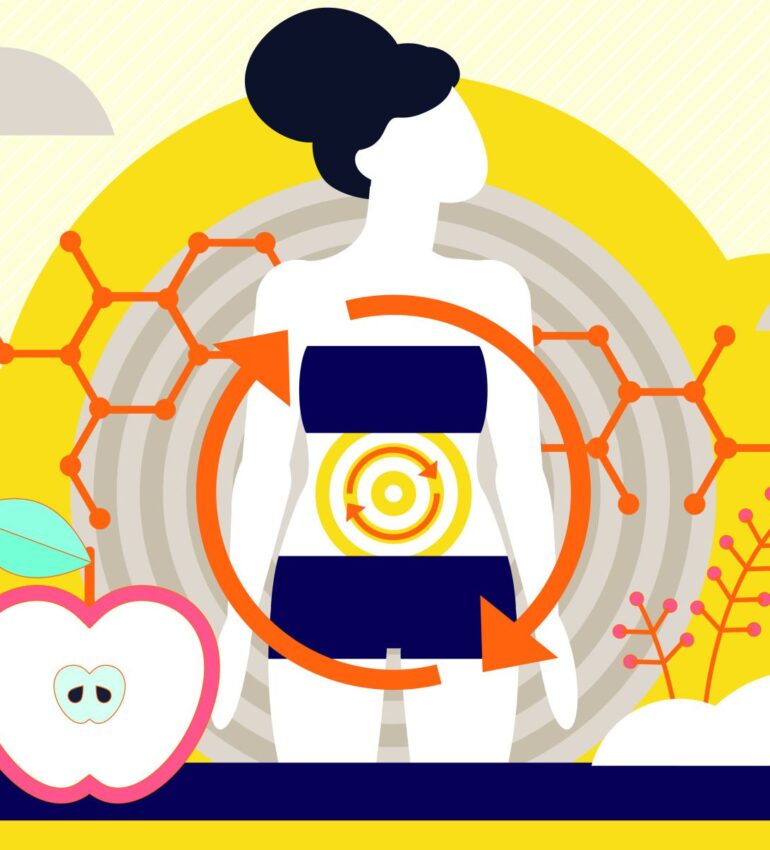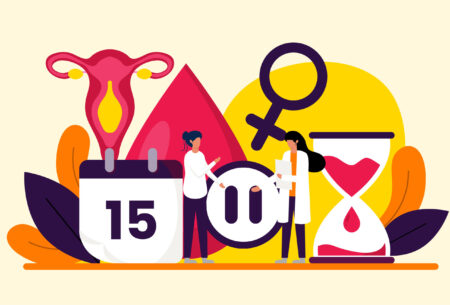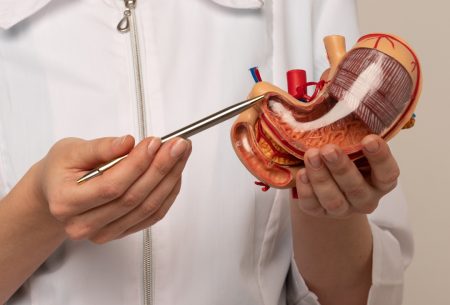As dietitians, one of our most important roles is to hold hope that change is possible for everyone. Whether it’s finding freedom from debilitating gut symptoms, improving your relationship with food, or supporting better heart or metabolic health, we know that meaningful progress is achievable.
That belief isn’t just optimism; it’s grounded in science and understanding of just how adaptable the human body and mind can be. This capacity, known as plasticity, provides the science behind why we hold hope that anyone can achieve their health goals with the right support. Plasticity is present all over the body, from our gut microbiome to the taste bud cells in our tongues.
As a neurogastroenterology specialist dietitian, I most often work with people whose gut symptoms stem from disorders of gut–brain interaction. Managing these conditions means looking beyond the gut & diet itself to include the brain, nervous system, and emotional wellbeing – all deeply interconnected through the gut–brain axis.When you add in stress, relationships, work, and societal pressures, it’s clear why gut symptoms can feel overwhelming and can leave people feeling hopeless that things might not get better.
This article is for anyone who needs a reminder of that hope, and an understanding of the fascinating science behind our body’s ability to adapt.
